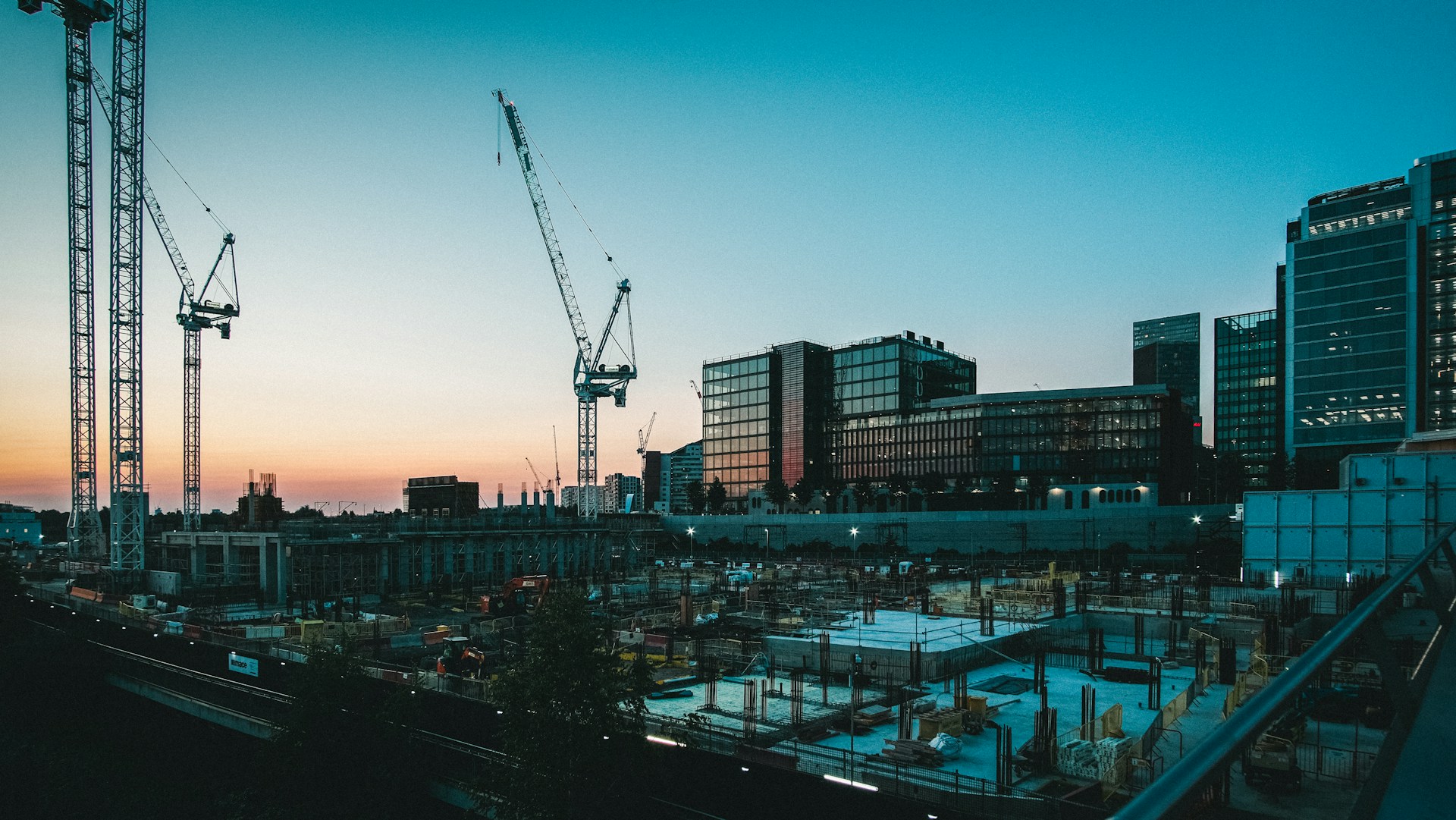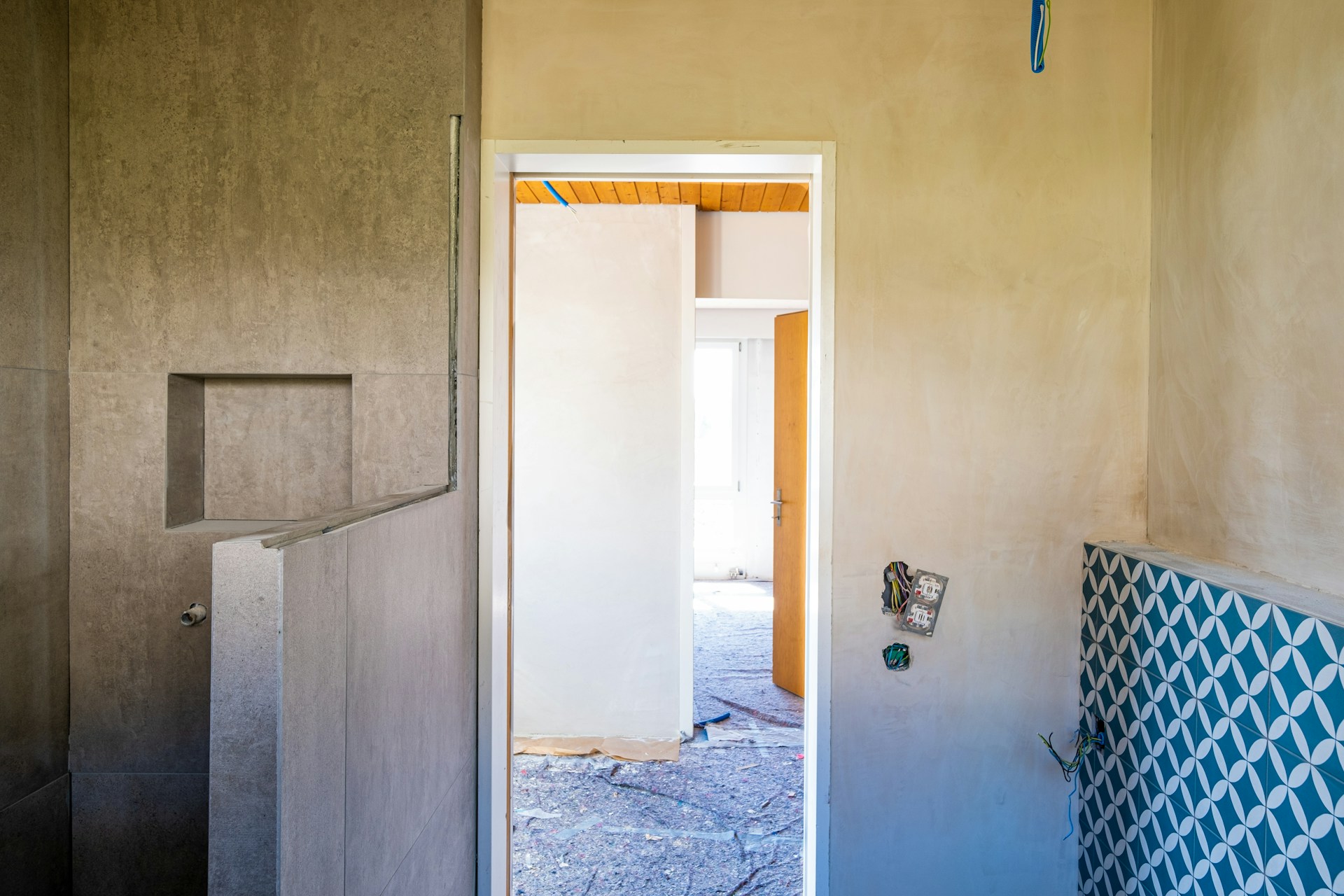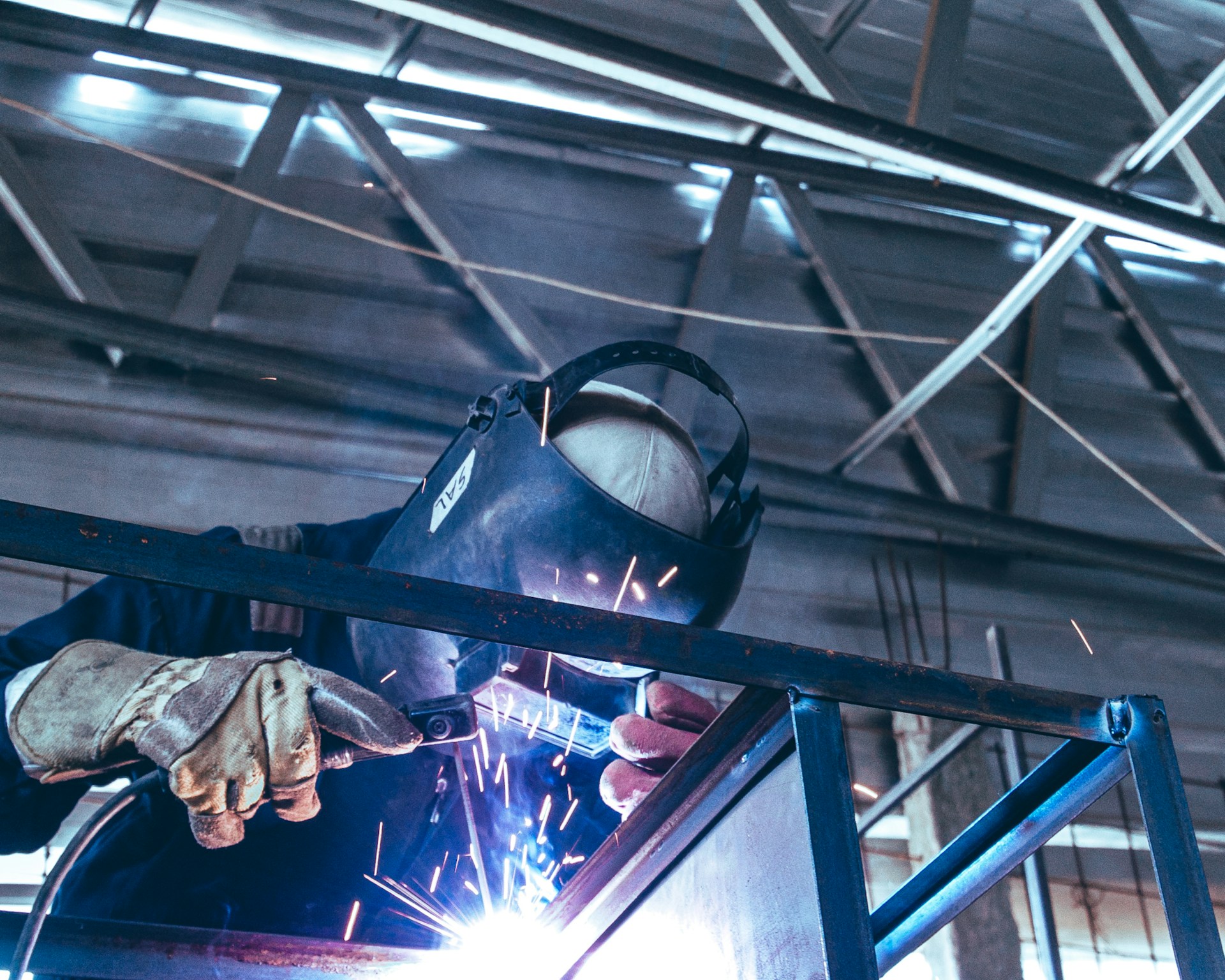
The construction industry is no stranger to innovation and adaptation. With rapid technological advancements, shifting environmental concerns, and evolving societal needs, the sector is poised for some significant transformations.
What does the future hold for construction in 2025? More sustainable practices, advanced technologies, and new business models will reshape how projects are planned, built, and delivered.
This article explores six key trends slated to define modern construction in 2025. From green building materials to robotics-enhanced processes, these insights will keep industry professionals ahead of the curve.
1. Sustainability Takes Center Stage
Green Building Materials Gain Momentum
With environmental consciousness becoming a priority, 2025 will see an uptick in the use of green building materials. Bio-concrete, cross-laminated timber, and plant-based insulation are examples of sustainable options gaining traction. These materials not only reduce carbon footprints but often outperform traditional alternatives in durability and efficiency.
Net-Zero Construction Becomes the Norm
Expect a surge in buildings constructed to net-zero energy standards, where energy consumption is reduced to near zero through renewable-powered solutions like solar panels and wind turbines. Governments and developers are recognizing that energy efficiency is no longer just a trend—it’s a necessity.
2. Digital Twins Revolutionize Planning
Enhanced Visualization and Precision
Digital twin technology—creating a digital replica of a physical construction project—will play a pivotal role by 2025. These replicas enable teams to foresee challenges, optimize workflows, and identify potential risks before breaking ground.
Real-Time Monitoring and Management
With advancements in IoT (Internet of Things), digital twins allow project managers to monitor real-time updates, track the construction timeline, and improve decision-making based on accurate data inputs.
3. Robotics and Automation Reshape Labor
Robots in Construction
The integration of construction robots will continue to gain momentum. These robots, capable of tasks like bricklaying, welding, and 3D printing, will address labor shortages while ensuring consistency and safety in onsite jobs.
Automation in Project Management
Beyond physical labor, automation will streamline back-end operations like financial planning, document handling, and resource allocation. Software-driven automation will eliminate redundancy and optimize productivity across the board.
4. Modular and Prefabricated Construction
Speed Meets Efficiency
Prefabrication methods will dominate 2025’s construction landscape due to their ability to deliver projects faster with fewer resources. Modular construction, where components are pre-built and assembled on-site, will reduce costs and waste significantly.
Urban Housing Solutions
With urban areas continuing to grow, modular construction solutions will be critical in addressing housing shortages. Projects completed in record time with sustainable materials have the potential to revolutionize city planning.
5. AI and Data Analytics Enhance Decision-Making
Predictive Analytics to Minimize Risk
AI-powered predictive analytics will help developers assess project viability, gauge market trends, and forecast construction demand. By leveraging historical and current data, companies will make informed decisions to minimize risks.
Smart Construction
AI tools, such as those focused on project management, will ensure that timelines and budgets are adhered to. These tools will deliver actionable insights for optimal resource distribution, ensuring projects remain on track.
6. Augmented and Virtual Reality in Construction
Improved Training and Skills Development
By 2025, augmented reality (AR) and virtual reality (VR) will become prevalent tools in workforce training. These technologies provide lifelike scenarios for skill development, empowering workers to gain confidence and precision without added risks.
Interactive Client Experiences
Developers utilizing AR and VR will deliver next-level customer experiences. Clients will be able to “walk through” digital models of their projects, suggest changes at different stages, and see the impact of decisions in real-time.
What This Means for Industry Professionals
The construction industry in 2025 is shaping up to be more digitally driven, sustainability-focused, and efficient than ever before. Staying ahead of these trends will be vital for professionals looking to maintain a competitive edge.
Is your business ready for what’s next? Visit https://www.mikethebuilder.net/ to explore how innovation in modern construction is reshaping the future.











